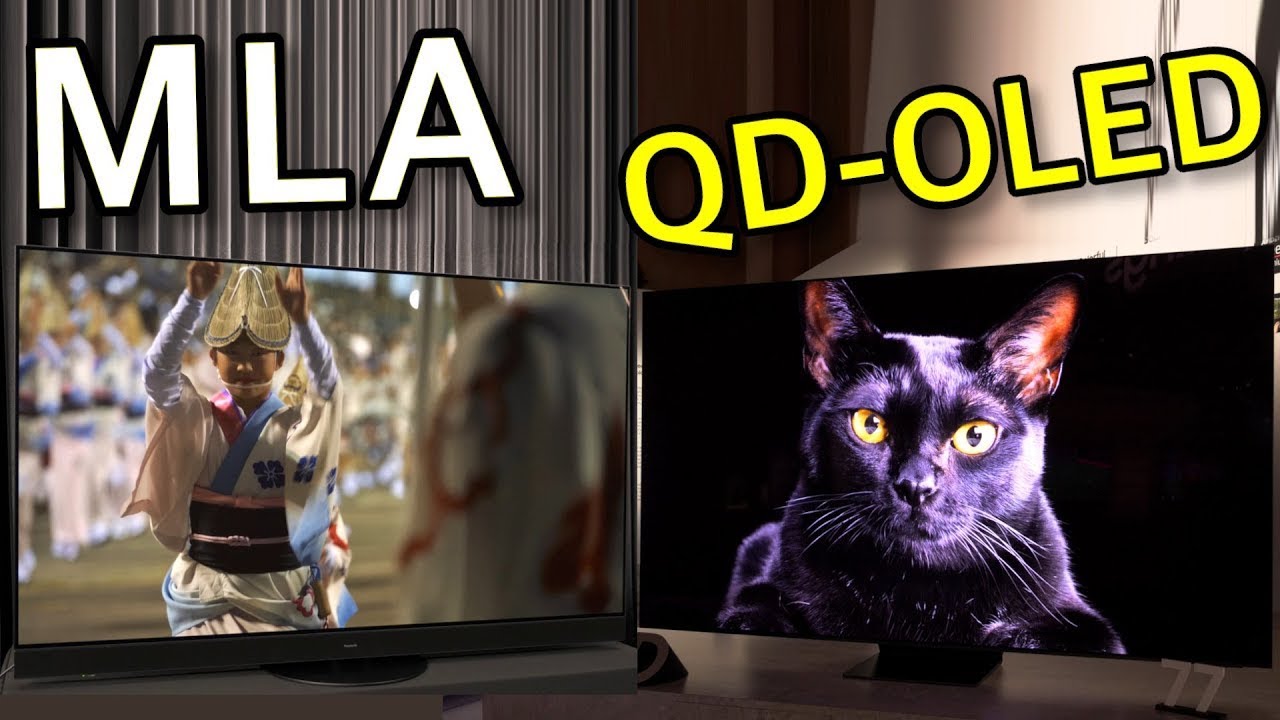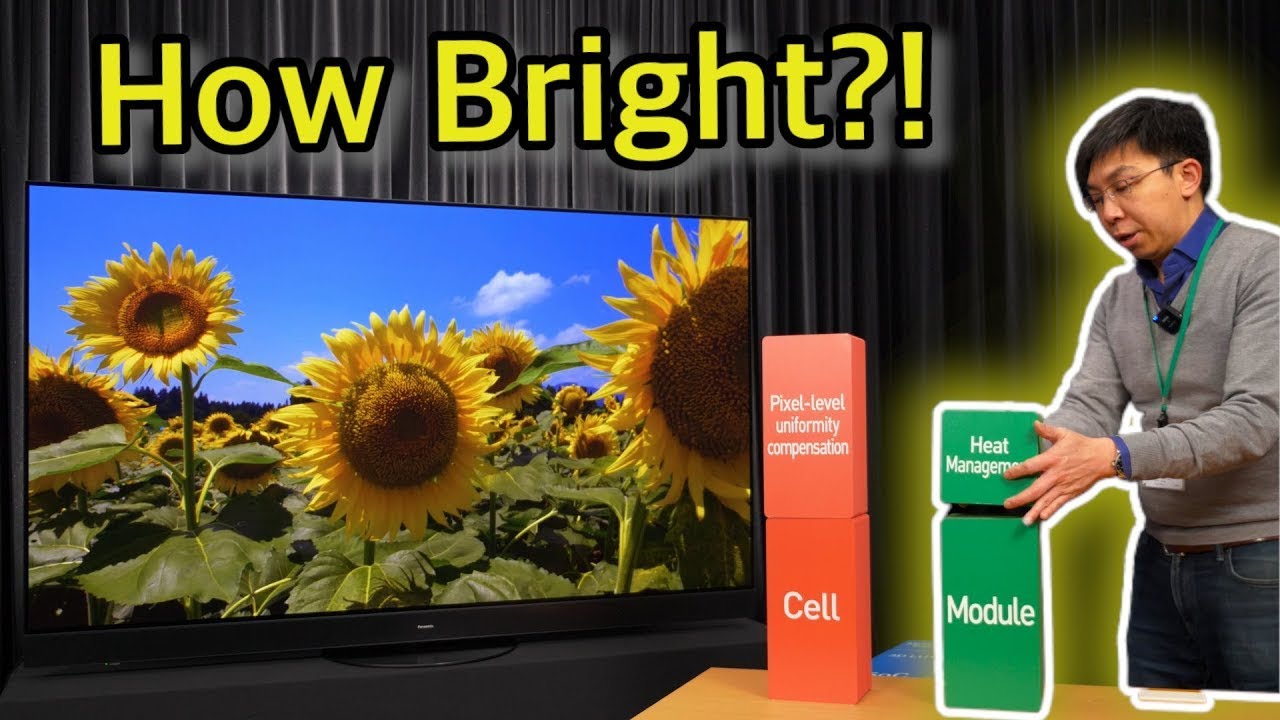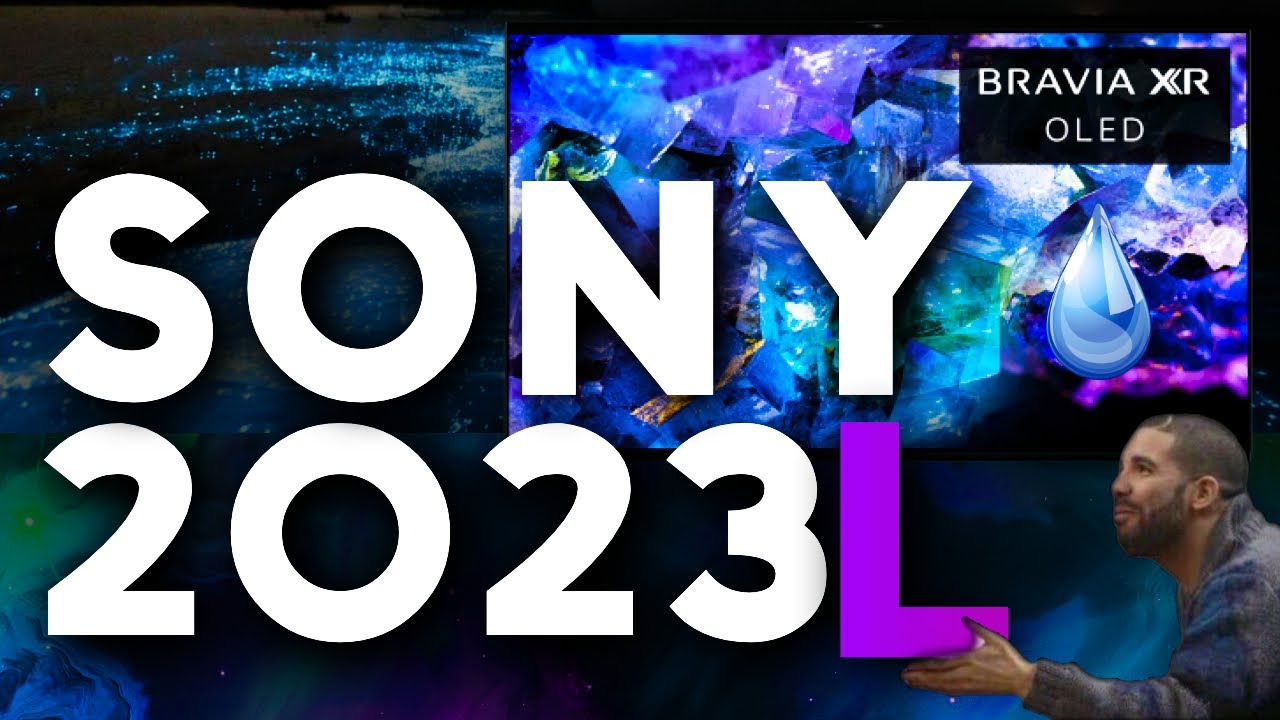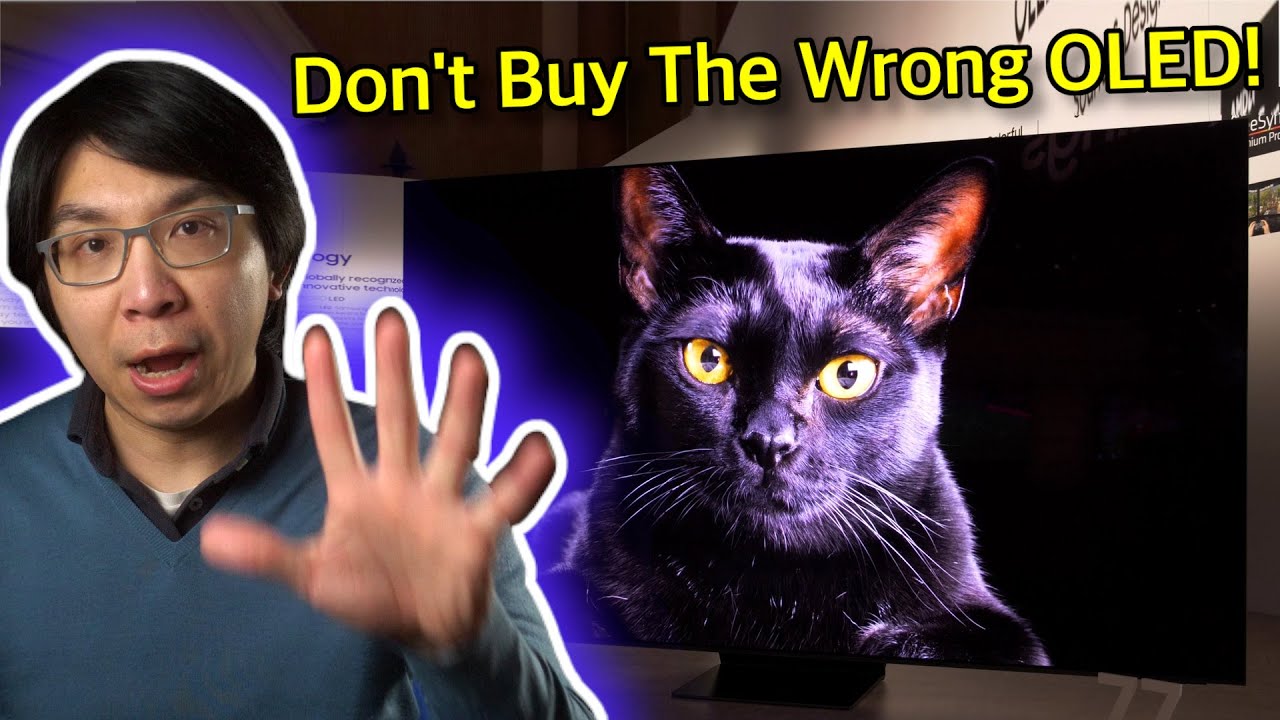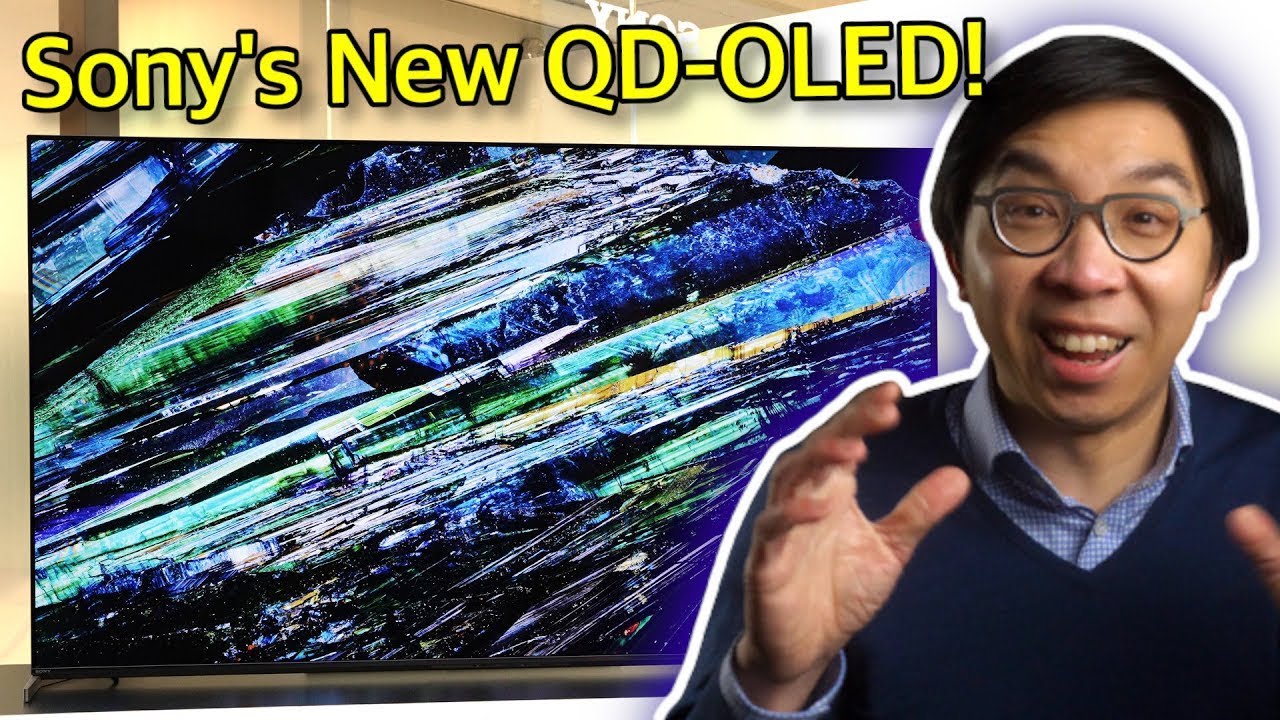Translation part 2:
Asakura: What caught my attention at this year’s CES was LG’s transparent display. As for transparent displays, Panasonic had an exhibit in the past at IFA where they made refrigerator doors transparent, but since then they have hardly been seen. What are your thoughts on that?
Anan: Our company also sells transparent displays in the commercial field. It seems that there are many uses such as office applications, and displaying information in front while showing exhibits in the back.
Asakura: Are you not thinking about developing it for home use?
Anan: It’s difficult to find a transparent display in the house. We are considering how to create a booth in the room and use the window as a TV, but I would like to think a little more about that.
Asakura: I think there is also a proposal for a house with a transparent display installed from the beginning together with Panasonic Homes.
Anan: It’s hard to imagine that a customer would buy a transparent display at a store and install it themselves, so I think that’s the way it will be.
Asakura: The same is true for transparent displays, but I think it will become important in the future to see how TVs can be naturally incorporated into interiors, rather than as stand-alone products.
In that sense, the wall-fit TV that Panasonic recently released is also a noteworthy item.
Anan: The customer reaction is very good. We are getting a lot of inquiries from people in the interior and housing industries. As a company, we believe that this product has great value, so we will carefully nurture it.
Asakura: At this year’s CES, there were fewer TVs on display, and I felt that the way TVs should be presented in lifestyles and interiors was changing.
Anan: This is also a self-denial as a TV manufacturer, but the TV has a strong presence in the living room, and while it is valuable when it is displaying images, it becomes a large black object when not in use. It is.
We are working on how to integrate this into our lives with the “Kurashi Style Series”, and we would like to deliver these proposals to new users.
Asakura: In a sense, you could say that it’s an ideal TV, where you can enjoy the best sense of immersion when it’s showing images, and it disappears when you’re not using it. It would be nice if the wall-mounted TV could be completely invisible when the power was turned off. A transparent TV is one such solution.
Anan: So you’re saying that TV doesn’t have a strong presence? Certainly, it seems to be an important cut in the future.
Asakura: Please let me see the MZ2000 video soon.
Anan: That’s correct. We will introduce demos one by one at this booth.
Kono: I’m Kono, and I’m in charge of overseas marketing. In this area, in addition to introducing the actual machine and explaining the new panel, we explain our thoughts on image quality.
The panel module we are using this time is called “Master OLED Ultimate” and has evolved further from last year’s “Master OLED Pro”. The most significant evolution is the adoption of a microlens array.
Asakura: So you mean LG Display’s 3rd generation panel that uses META technology? By placing a layer of micrometer-sized convex lenses on top of the organic EL layer, the light utilization efficiency is greatly improved. As for the structure of the panel, first there is the base, the organic EL layer is placed on it, and the microlens array is attached in front of it.
Kono: It’s shaped like a sheet, with fine lenses lined up. With this sheet, the light that has been inside until now is forced forward.
Regarding the heat dissipation mechanism of the panel, the number of metal plates has been increased by one since last year, and heat dissipation efficiency has been improved by sandwiching the original advanced heat management material between the two metal plates.
Asakura: You said that the video processor was the same, but with the evolution of the panel side, you were able to draw out more of the processor’s capabilities.
Kono: This is the luminance demo. Last year’s LZ2000 and this year’s MZ2000 are next to each other. What do you think?
Asakura: Your appearance has changed a lot. With the MZ2000, I feel that the images have become three-dimensional and rounded. The sparkle of light also comes out, and the details of the chandelier are fine. The clarity of each one is good. It also has a cool glow, which is nice.
Kono: At the same time as the brightness, the color reproducibility has also improved, so we have prepared content that shows that.
Asakura: Certainly not. The transparency of the color has come out and the roundness of the glass has come out.
Takagi: I’m Takagi, and I’m in charge of product planning. Here you can see the new video mode. This time, we have installed a mode called “True Game”, which is a game version of the conventional “Cinema Pro”. In particular, HDR games are devised so that they can be viewed at the highest quality, and HDR tone map processing is bypassed on the TV side.
In recent Xbox games, etc., the tone map processing is adjusted on the game console side, so there is also the aim of avoiding the screen turning black by applying it twice. Users don’t need to be aware of such things, just by selecting this mode, they can automatically enjoy the game with the optimal image quality.
As a maniac point, this mode can also be calibrated, and after adjusting the image quality with software called Calman, this logo will be displayed, but this is probably the first TV manufacturer to support it.
Asakura: Is calibration a process that matches the parameters of the original game?
Takagi: No, just like before, the sensor measures the signals coming in via HDMI to check if they are being played correctly, and it’s not linked to game consoles.
We have also acquired NVIDIA’s G-Sync Compatible certification when connected to a graphic game card. This is Panasonic’s first support. This allows the images to be displayed in sync even in games with high frame rates.
As for the sound quality, it is equipped with something that you can enjoy in the mode according to the genre of the game. Gamers use headsets, but we’ve done some processing to make it easier to hear those components even with the TV’s built-in speakers. For example, the mode for FPS (First Person Shooter) games adjusts the frequency to make it easier to hear where the footsteps are coming from.
Asakura: When do you think the Japanese version of the MZ2000 will be announced?
Anan: This time we are announcing a model for Europe, so we are still considering other countries.
Asakura: Is the lineup the same, with the 2000 series being the flagship and the 1000 series below it?
Anan: We are considering selling the same lineup as the current one in Europe.
Asakura: The LZ2000 series was highly rated in Japan, with the top model “TH-65LZ2000” winning the at the HiVi Grand Prix. How was the reputation overseas?
Anan: Thanks to you, the LZ2000 has won an award in a British magazine.
Asakura: The image quality of this year’s MZ2000 is even better, so I’m really looking forward to seeing what it will look like.
Anan: Yes, I would like you to look forward to it.
